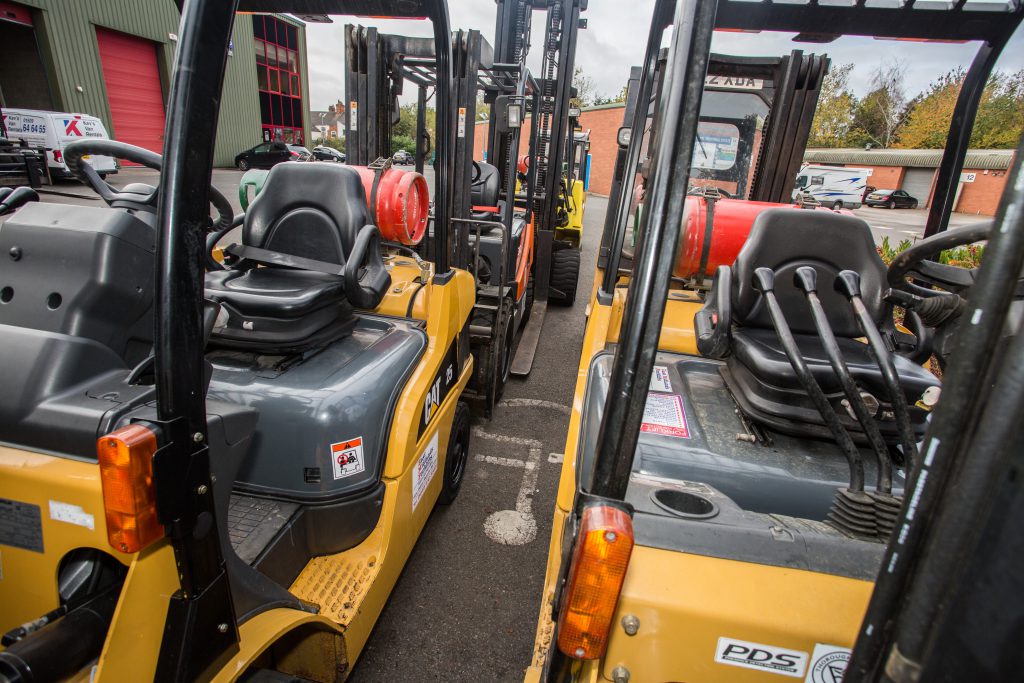History of the Forklift Truck
Throughout human history, tools and machinery have been invented with the purpose of making difficult tasks easier. From the Stone Age invention of the lever to Archimedes’ screw, the designing and building of apparatus to perform work beyond people’s capabilities has driven industrial evolution forwards at an accelerated rate.

The development of the modern day forklift is no exception to this. Arguably the combination of various different load-bearing machines that were introduced during the industrial revolution of the early 19th century, the forklift trucks of today are the culmination of centuries of adaptation and alteration, beginning life as simple, hand-operated baggage wagons working on the American railway system.
It was really in 1906, with the introduction of a battery-powered wagon in Altoona, on the Pennsylvania railroad, that the journey to the modern forklift really began. The design was so popular that it spread to many other areas of industry, but its sole purpose remained powered transportation of cargo from A to B – it wasn’t until later that the lifting mechanism was added and the familiar forklift setup began to take shape.
Elevating machinery had been around for a few decades before it was incorporated into the baggage wagons of the railways. Back in 1867, a patent was filed for a portable elevator constructed from wood that used a cantilever platform and hoist, although it wasn’t until decades later that it was put to good practical use, now made from steel and iron castings.
The first reported combination of horizontal and vertical lifting appeared in 1909, when an all steel truck that was able to handle the load-lifting required was developed. This also saw a move away from its use on the railway systems and into the factories, but like many mechanical creations, it was the onset of war in 1914 that dramatically accelerated the development of the forklift.
A lack of manpower due to national service meant that lifting and carrying machinery was in hot demand, and 1915 saw the first introduction of a truck powered both horizontally and vertically. Within two years, the manufacturer Clark had developed a counterbalanced truck that allowed for seated operation, and by the mid-1920s Yale had begun building the first machines with raising forks and an elevated mast.
Numerous additions and alterations to the design came and went over the following decade or so, such as a shortening of the wheel base, tilting abilities on the lifting mechanism, and the addition of pallets in the 1930s.
But it was once again war that necessitated further development, with World War II finding a use for forklifts in the loading of goods onto wagons and ships. The UK began to properly start taking to the vehicles around this time too, firstly importing models from the States, and then manufacturing them for themselves, with Coventry Climax producing the first trucks in the country in 1946.
Forklifts are now a familiar site throughout warehouses and factories worldwide, and, although fully modernised in every respect, their basic operation has changed little since the middle of the 20th century, proving that effective design is timeless.
Written by East Midlands Forklifts.
